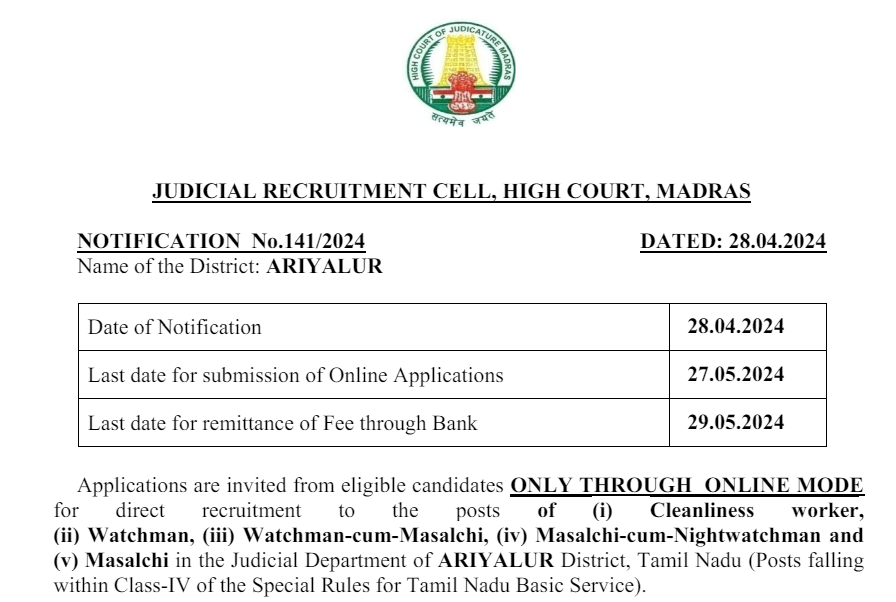Process Instrument and Control Part 1

Category –ME Online Test
Telegram-Join Us On Telegram
Attempt Free Process Instrument and Control Part 1 Here. Read The Important Mechanical MCQ From Below.
Q1. A device for determining die value or magnitude of a quantity or variable :
A. sensor
B. transducer
C. gauge
D. instrument
E. indicator.
Answer : D
Q2. Determining moisture in steam by measuring the temperature in a throttling calorimeter is an example of :
A. direct measurement
B. indirect measurement
C. measurement by comparison
D. measurement by calibration
E. automatic measurement.
Answer : B
Process Instrument and Control Part 1
Q3. The closeness with which the reading of an instrument approaches the true value of the variable being measured is called :
A. accuracy
B. precision
C. sensitivity
D. resolution
E. discrimination.
Answer : A
Q4. Errors due to assignable causes are called :
A. static errors
B. systematic errors
C. calibration errors
D. random errors
E. known errors.
Answer : B
Process Instrument and Control Part 1
Q5. Pick up the appropriate word for A pointer moving over a scale :
A. instrument
B. indicator
C. transducer
D. gauge
E. recorder.
Answer : B
Q6. Pick up the appropriate word for A reading obtained from the motion of a pointer on a scale :
A. analog
B. digital
C. display
D. indicator
E. instrument.
Answer : A
Process Instrument and Control Part 1
Q7. Pick up the appropriate word for The reading displayed as a number, a series of holes on a punched card, or a sequence of pulses on magnetic tape :
A. pulse train
B. digital
C. analog
D. numeral
E. recording.
Answer : B
Q8. For studying detailed variations with time, one uses :
A. indicator
B. digital indicator
C. recorder
D. integrator
E. analog indicator.
Answer : C
Q9. The condition of how much successive readings differ from one another for a fixed value of the variable is called :
A. accuracy
B. error
C. sensitivity
D. resolution
E. precision.
Answer : E
Process Instrument and Control Part 1
Q10. The ratio of output signal or response of the instrument'” to a change in input or measured variable is called :
A. sensitivity
B. precision
C. resolution
D. threshold
E. accuracy.
Answer : A
Q11. The smallest change in measured value to which the instrument will respond is called
A. accuracy
B. precision
C. amplification
D. resolution
E. sensitivity.
Answer : D
Process Instrument and Control Part 1
Q12. It responds directly to the measured quantity, producing a related motion or signal :
A. sensing element
B. transducer
C. transmitter
D. indicator
E. measuring device.
Answer : A
Q13. Which of the following is used to count the number of brass items passing on a conveyor line, when no contact is permitted with the object:
A. event counter
B. mechanical counter
C. magnetic pick up
D. photoelectric cell
E. electronic counter.
Answer : D
Process Instrument and Control Part 1
Q14. Which of the following does not pertain to timing device :
A. charging of a condenser
B. flow of oil through a dash pot
C. release of air through a nozzle
D. flow of sand through an opening
E. piezoelectric crystal.
Answer : E
Q15. Motion of fast-moving systems may be timed and studied by means of a :
A. stroboscope
B. piezoelectric crystal
C. electronic timer
D. chronometer
E. photovoltaic cell.
Answer : A














